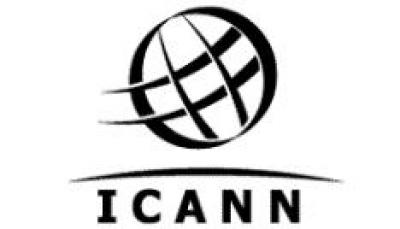WIPO is already involved in ICANN’s Uniform Domain-Name Dispute Resolution Policy (UDRP) and has been involved in more than 15,000 cases. By effectively outsourcing the gTLD trademark issues to WIPO, ICANN hopes to sidestep criticisms of its US bias.
WIPO support
“This is a watershed moment in the domain-name system,” Eun-Joo Min, head of the legal development section at WIPO, told the meeting. “Adequate safeguards need to be put in place,” she said, elaborating WIPO’s input to the gTLD process.
While the legal departments of some firms fear the new gTLDs, their marketing departments are gearing up to use them, said Brent. “In the next ten years, the Internet could be very different. We won’t have a flat namespace with millions of tiny registries, because registries have to be available 24×7, but there could be thousands of gTLDs.”
Alongside that change, ICANN itself is going to have to change said Brent, although he dismissed calls earlier this from European Commissioner Viviane Reding, for ICANN to sever its ties to the US government. The organisation is becoming more international under its new head Rod Beckstrom, he said.
“Rod wants to make us more accessible,” said Brent. “We have offices internationally, and in ten years we will probably have an office in North China.” The Joint Project Agreement, under which ICANN operates, is due for renewal this summer, and he expects it to be a formality.
gTLD controversies
The most controversial part of the proposals for new gTLDs is an IP clearinghouse, which would contain a database of all trademarks and the countries in which they are held, against which applications could be checked.
Within this would be a smaller list of “global” brands, called the Globally Protected Marks List (GPML) which critics say would be able to block anyone else from using “their” name.
“In fact, opposition has been blown up,” said Nick Wood, managing director of registry Com Laude, who helped develop the proposal. “The proposed GPML would be a very small subset, of ‘supernova’ trademarks, which are held in more than 150 countries. There are probably only 100 or 200 of these, and the impact would be minimal.”
For instance, he said, even if a brand like Lufthansa was on the list (which it wouldn’t be), a coffee shop using that name would still get the lufthansa.coffee domain.
Another proposal, for uniform rapid suspension, would allow trademark holders to quickly take infringing websites offline. The debate discussed whether this allowed sufficient protection to people unfairly accused of infringement.
Successful consultation
Overall, ICANN’s consultation produced a lot of detailed argument and much broad agreement. The day ended with an atmosphere of anticipation for the final arrival of the new gTLD process next year, said Wood.




